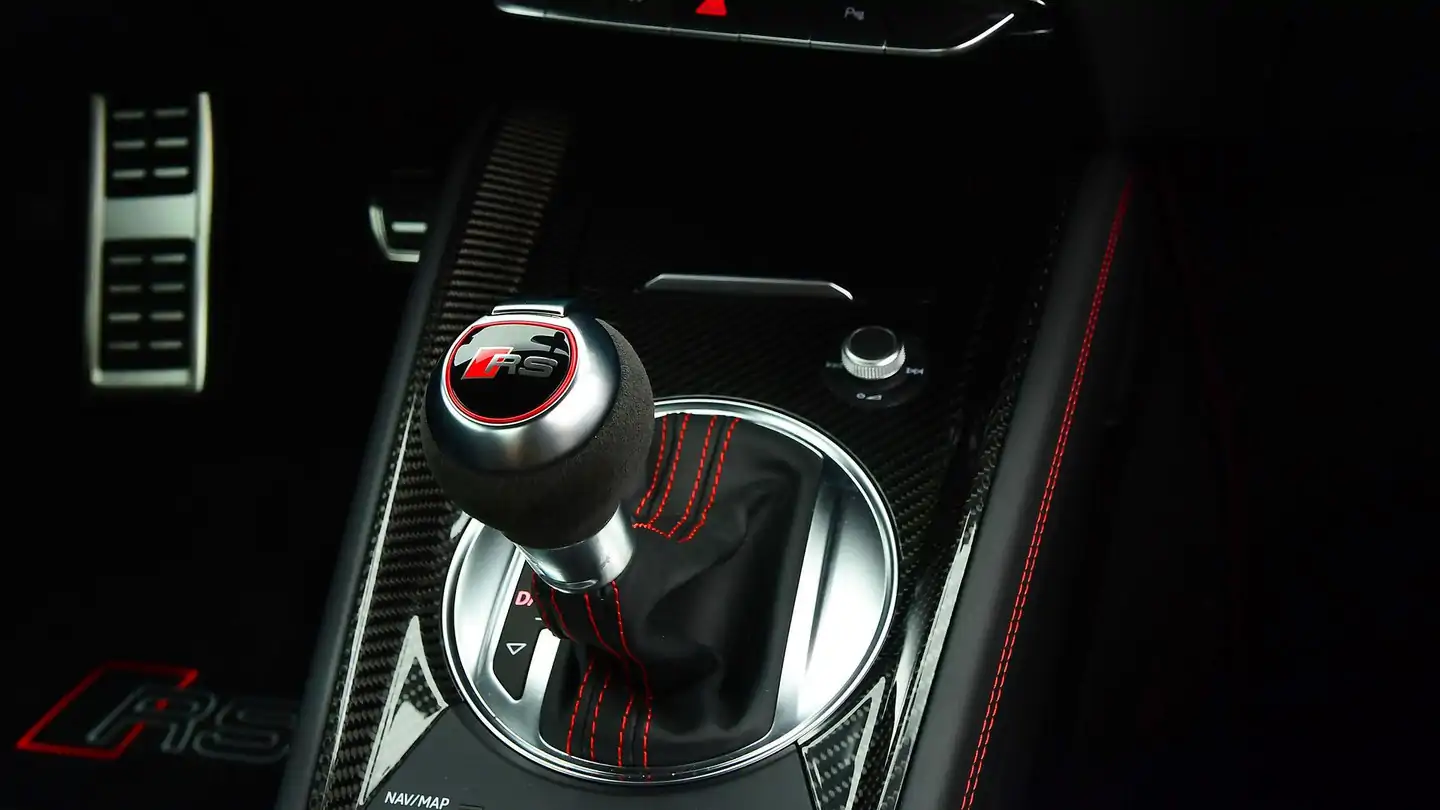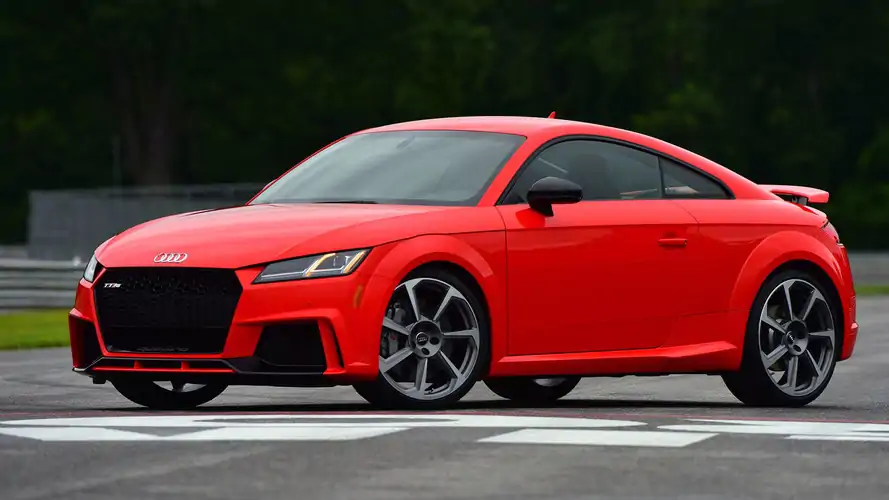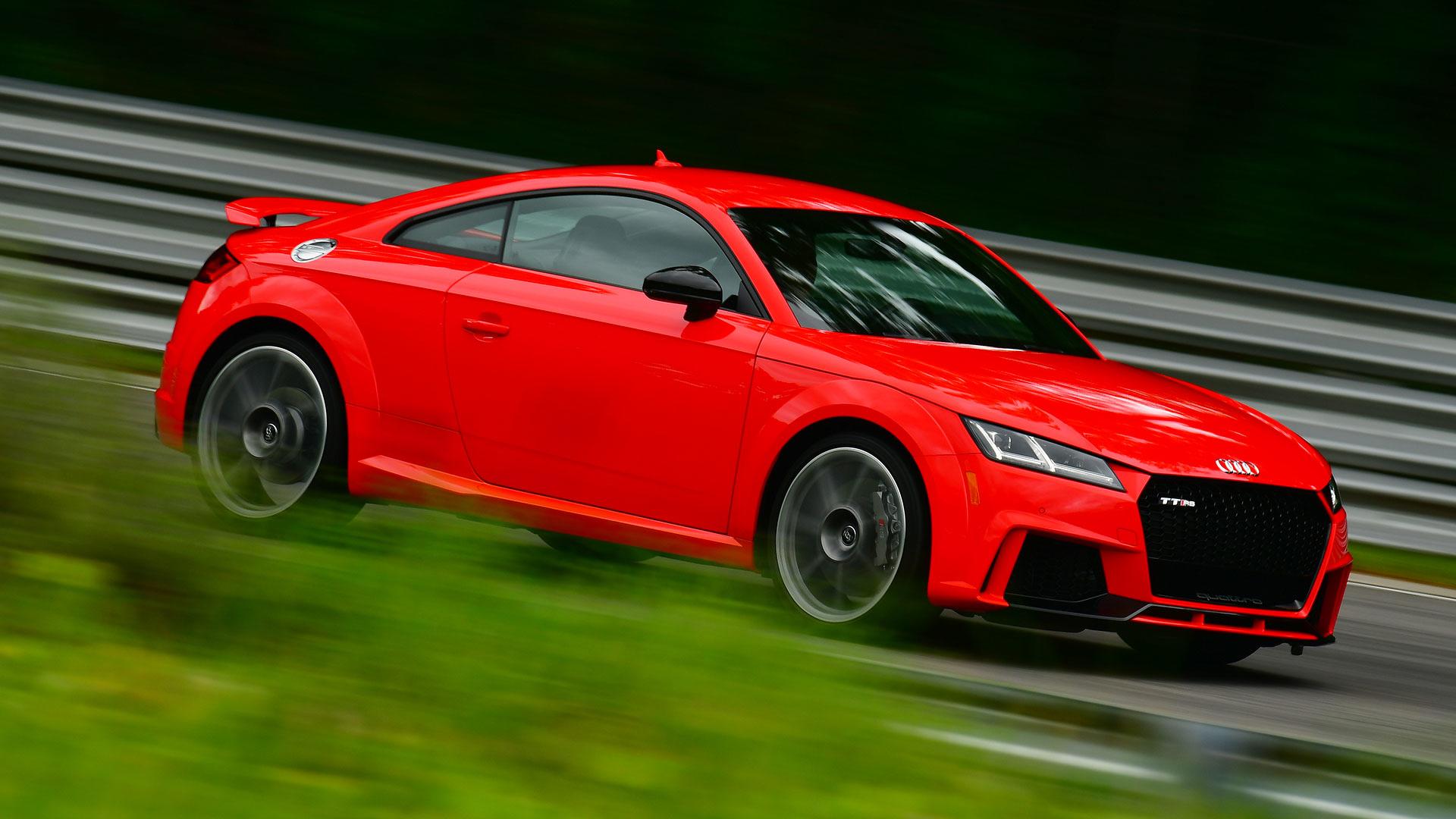 Clutch-averse buyers are to blame for the demise of the stick-shift fast Audi.
Clutch-averse buyers are to blame for the demise of the stick-shift fast Audi.
Stephan Reil, Audi Sport GmbH’s head of technical development, said that his team never considered developing a manual transmission option for the new -TT RS and -RS 3. They had learned from the outgoing TT RS.
The first European introduction of the car featured a manual transmission. A dual-clutch (S Tronic in Audi-speak) was added two years later to offer buyers the option. However, the overwhelming majority of TT RS buyers chose to use automated shifting. Only 10% of them selected the manual gearbox.
Reil says, “And of course that’s no business case to create a manual and all that goes with it.”
Audi, like many other automakers, found that automatic and dual-clutch transmissions were becoming more appealing to enthusiasts who buy performance cars such as a TT RS.
Reil states that the double clutch “is the best of both worlds”: it is easy to use in traffic and responsive to driver’s needs in sporty driving. It’s like a manual, but without the clutch pedal.
This is before you consider that dual-clutch cars are more efficient and can be driven faster, which could make them even more attractive to customers who don’t want to use their clutch pedal.
Audi confirmed in 2015 that the R8 supercar had a very low take-rate.
It is interesting to note that the American market has shown more interest in manual performance cars in recent years than Europe. Due to buyer demand, the first TT RS was only offered with a manual transmission when it arrived in the U.S. as a 2012 model. Anthony Garbis, Audi’s product planner, says that even though buyers want manual cars, they often buy S Tronic instead.

